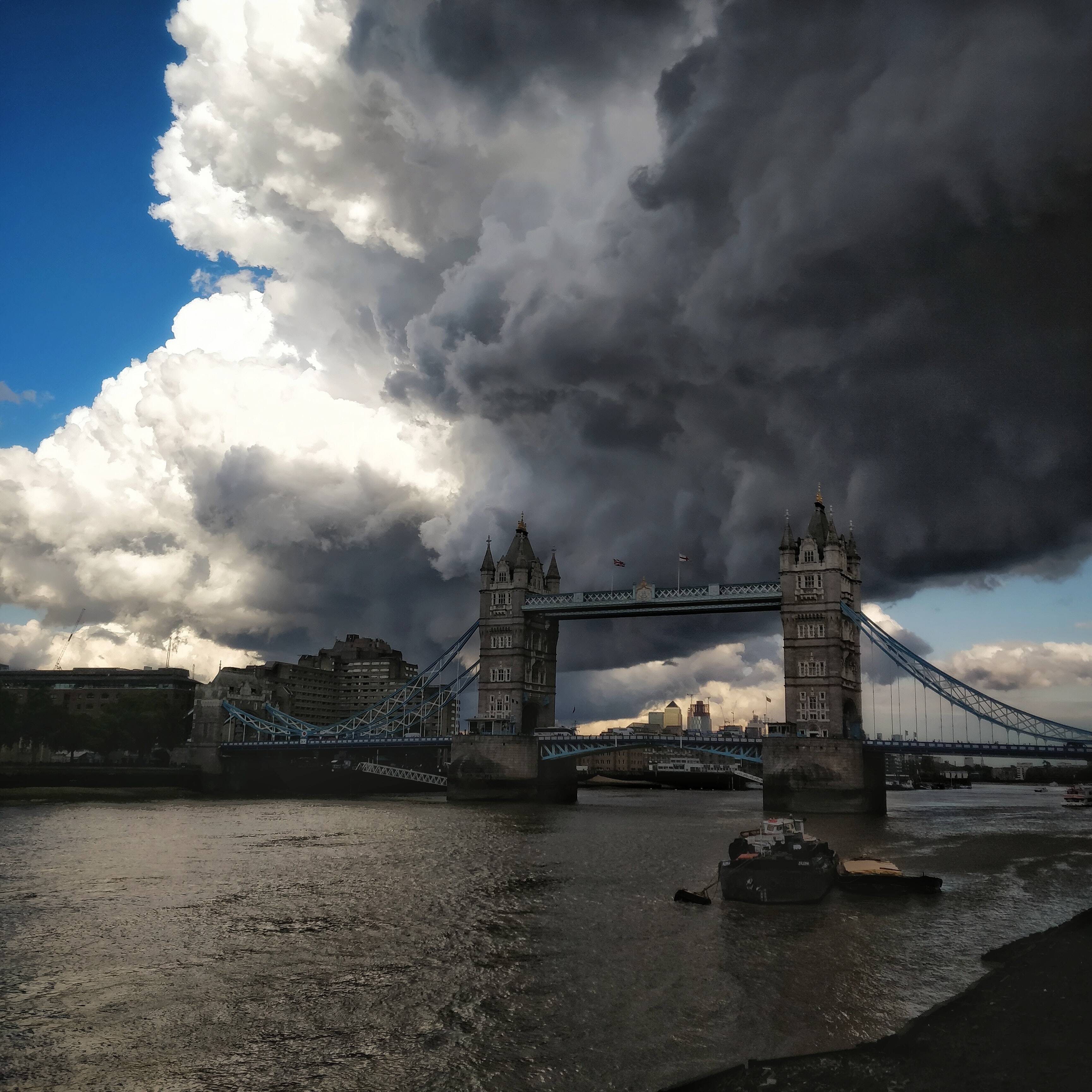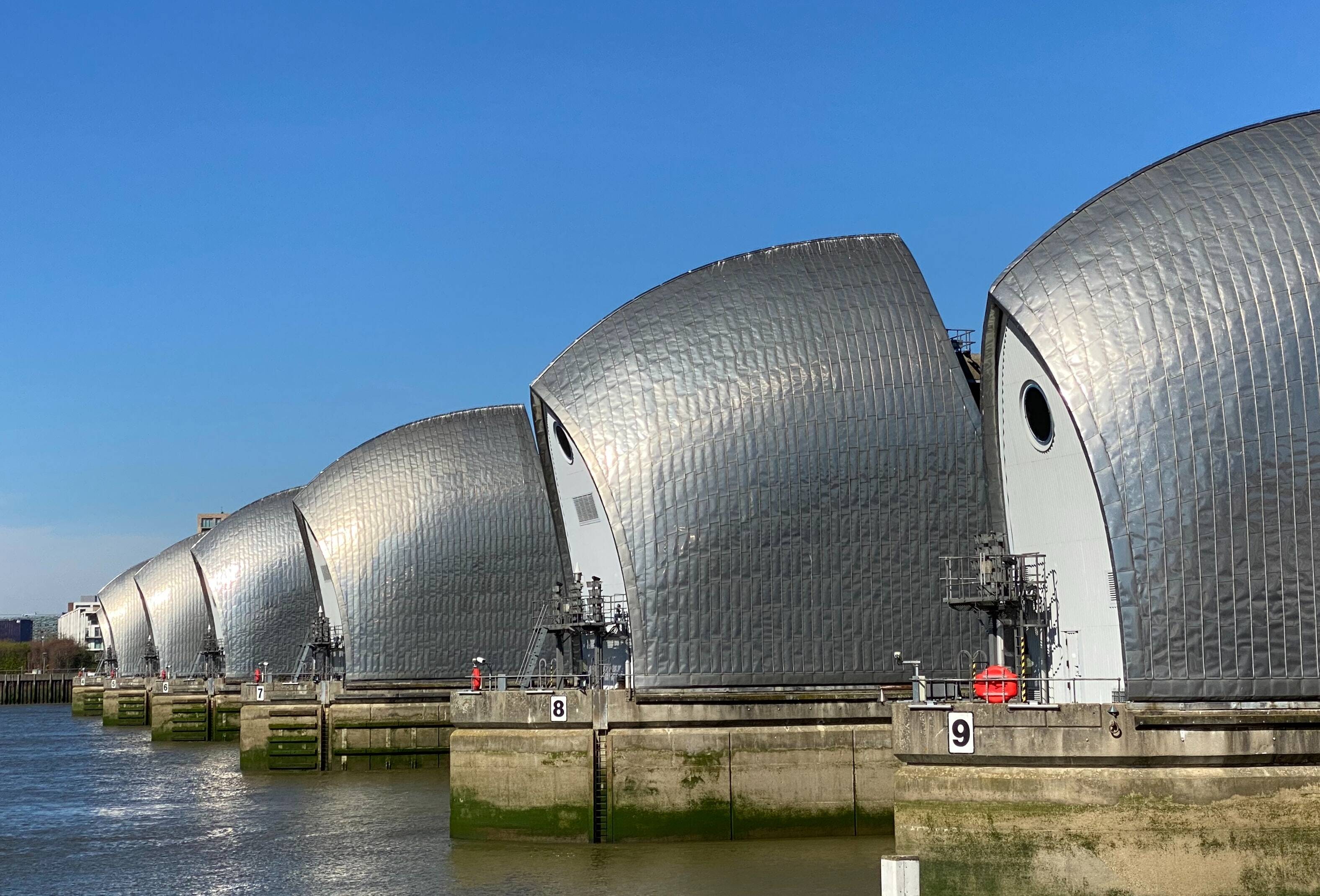You’ve reached your limit!
To continue enjoying Utility Week Innovate, brought to you in association with Utility Week Live or gain unlimited Utility Week site access choose the option that applies to you below:
Register to access Utility Week Innovate
- Get the latest insight on frontline business challenges
- Receive specialist sector newsletters to keep you informed
- Access our Utility Week Innovate content for free
- Join us in bringing collaborative innovation to life at Utility Week Live

With the London Flood Review releasing recommendations to ensure the capital’s resilience in extreme weather, its chair delves into the crucial role collaboration will play in preventing a repeat of the July 2021 floods.
 Our relationship with water has been in the spotlight as a record-breaking heatwave and the first requests from water companies to exercise restraint in water use have appeared across many parts of the country. It’s been a stark contrast with July 2021, when we had record rainfall in parts of London which caused severe flooding.
Our relationship with water has been in the spotlight as a record-breaking heatwave and the first requests from water companies to exercise restraint in water use have appeared across many parts of the country. It’s been a stark contrast with July 2021, when we had record rainfall in parts of London which caused severe flooding.
A common factor of these two Julys, 12 months apart, is no secret. Climate change effects have contributed to more extreme weather, and more extreme weather is making many existing ways of managing drainage less effective. It’s likely that the events of July 2021 will be indicative of events we will start to see more frequently.
Commissioned by Thames Water, the London Flood Review sought to better understand the extent and causes of the 2021 floods, assess how drainage systems performed, and recommend how the increased risk of future flooding events can be managed.
Systems not designed to cope
 Following a nine month investigation, the London Flood Review found that the intensity and sheer volume of rainfall which fell during two storms was the main cause of flooding, with both rainfall events hugely exceeding the current design capacity of the below ground systems.
Following a nine month investigation, the London Flood Review found that the intensity and sheer volume of rainfall which fell during two storms was the main cause of flooding, with both rainfall events hugely exceeding the current design capacity of the below ground systems.
During both storms, sewers filled and surcharged, with excess water flowing across the roads and down the slopes from higher ground to the lower lying areas and so-called “lost rivers”. The damage caused in these areas was terrible with many hundreds of households and businesses flooded – there are still residents who have not yet returned home.
London’s drainage systems were never designed to cope with the extraordinary and extreme weather events of July 2021.
Urbanisation has meant more impermeable areas appearing in a largely uncontrolled way which contribute to the speed and volume of runoff, and climate change is making things worse with more intense storms likely.
There is room for improvement but we need to think and act differently to achieve these improvements. We’ve set out a number of recommendations, and while we recognise that there are limitations as to what may be achieved with the current funding and resources available, there is important work in making the best use of available funding and to develop new ways of working to respond to the challenges ahead and to plan and act accordingly.
Need for collaboration
 The most fundamental recommendation of our report is for a new body to be established comprising water companies, local government, the Environment Agency and transport authorities so that surface water and sewer systems can be assessed strategically, across organisational boundaries, with common objectives, and investments designed to optimise outcomes.
The most fundamental recommendation of our report is for a new body to be established comprising water companies, local government, the Environment Agency and transport authorities so that surface water and sewer systems can be assessed strategically, across organisational boundaries, with common objectives, and investments designed to optimise outcomes.
This is where thinking and working differently has to happen. Acknowledgment that flooding does not respect administrative boundaries leads to the need for collaborative thinking, strategic intent and better management of the landscape, consideration of the response of the water to the landscape and the resulting impact on sewers and properties.
Investments must be planned by water companies and local authorities together as they address their respective responsibilities, supporting each other to more effective solutions. This is not a quick fix and it needs to start now.
Driving a digital revolution
There is movement in this area. The London Surface Water Task and Finish Group was set up after the July 2021 floods to gather the responsible parties together to start discussing how to work in a more collaborative way and we applaud the action. Developing ways to work, setting up governance systems and planning for the future can all happen in this sort of forum with the right will.
Momentum may be provided by the upcoming National Infrastructure Commission report on Surface Water Flooding and the Chartered Institution of Water and Environmental Management-led review of the London Drainage Engineers Group. We need to keep that momentum going, despite political distractions.

Such a body could drive a digital revolution allowing all parties’ data to be readily available to others for both flood risk management planning and during an event. Data sharing across multiple organisations relating to flood risk assets, the understanding of high-risk areas and vulnerable customers, including across Boroughs where flood risk may originate from other areas, could be a game-changer.
Taking a lead from other cities
What next? The Surface Water Task and Finish Group is in place trying to establish how to deliver more strategic responses – that includes prevention and mitigation as well as immediate response.
In the short-term, Thames Water already has a programme underway of property level defences for the most at risk from sewer flooding in the form of Flooding Local Improvement Projects (FLIPS) and like other water companies has developed the first round of drainage and wastewater management plans which look to take a longer term and more strategic view and to attract more funding to support these plans.
Other responsible parties are looking to implement recommendations that are within their current remit too.
In the mid to longer term – our focus must be on sustainable urban drainage and designing for exceedance. We need to manage how our city copes at surface level. Urban greening and safeguarding overland flow routes may be the most effective means to ensure we are more adequately prepared, and can also have a positive cooling effect in high temperatures.

We must take our lead from other cities around the world – Copenhagen, Amsterdam and others – who have been through the process of change and are implementing long term plans.
The London Flood Review is the first step in identifying possible actions to improve resilience to extreme weather events in the future. The Final report, including next steps, can be found in full on the London Flood Review website: www.londonfloodreview.co.uk.
Utility Week Innovate, in collaboration with Utility Week Live aims to discover and promote innovative approaches to tackle front line business challenges through case studies, technical/project studies, networking, and live content. Be recognised as a key solution provider and meet your target audience face-to-face at UWL23. Find out more about exhibiting
Please login or Register to leave a comment.